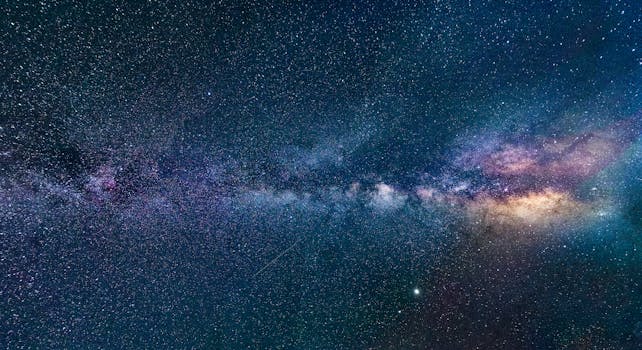
“
Beyond the Milky Way: Imagining New Worlds and Possibilities
Beyond the Milky Way: Imagining New Worlds and Possibilities is a topic that has fascinated humans for centuries. The idea of exploring the vastness of space and discovering new worlds has been a driving force behind many scientific and technological advancements. In this article, we will delve into the latest discoveries and explore the possibilities that lie beyond our galaxy.
Introduction to the Milky Way
The Milky Way is a barred spiral galaxy that is estimated to contain between 200-400 billion stars. It is one of the many galaxies in the observable universe, and it is home to our solar system and all the planets that we know. The Milky Way is thought to have formed around 13.6 billion years ago, during the early days of the universe.
Exploring the Galaxy
Over the years, humans have made significant progress in exploring the Milky Way. From the early astronauts who walked on the moon to the latest robotic missions that have traveled to the far reaches of the galaxy, we have gained a wealth of knowledge about the structure and composition of the Milky Way. The latest advancements in space exploration have also enabled us to study the galaxy in greater detail, using powerful telescopes and advanced computer simulations. For more on how imagination plays a role in this exploration, check out Soaring Through the Cosmos: The Power of Imagination Beyond the Stars.
New Worlds and Possibilities
As we continue to explore the Milky Way, we are also discovering new worlds and possibilities that lie beyond our galaxy. The discovery of exoplanets, which are planets that orbit stars other than the sun, has opened up new avenues for research and exploration. Many of these exoplanets are believed to be located in the habitable zones of their respective stars, which means that they could potentially support life. This exciting prospect is discussed in more detail in From Stardust to Dreams: Imagining Life Beyond the Stars.
Takeaways
- The Milky Way is a vast and complex galaxy that is home to many different types of stars and planets.
- Exploring the galaxy has led to many significant scientific discoveries and has helped us to better understand the universe.
- The discovery of exoplanets has opened up new possibilities for research and exploration, and has raised hopes of finding life beyond our galaxy.
Conclusion
In conclusion, the idea of exploring the vastness of space and discovering new worlds is a fascinating topic that has captured the imagination of humans for centuries. As we continue to explore the Milky Way and beyond, we are likely to make many new and significant discoveries that will help us to better understand the universe and our place in it. For a deeper dive into the imaginative aspects of this exploration, consider reading Galaxies of Dreams: How Imagination Transcends the Night Sky.







